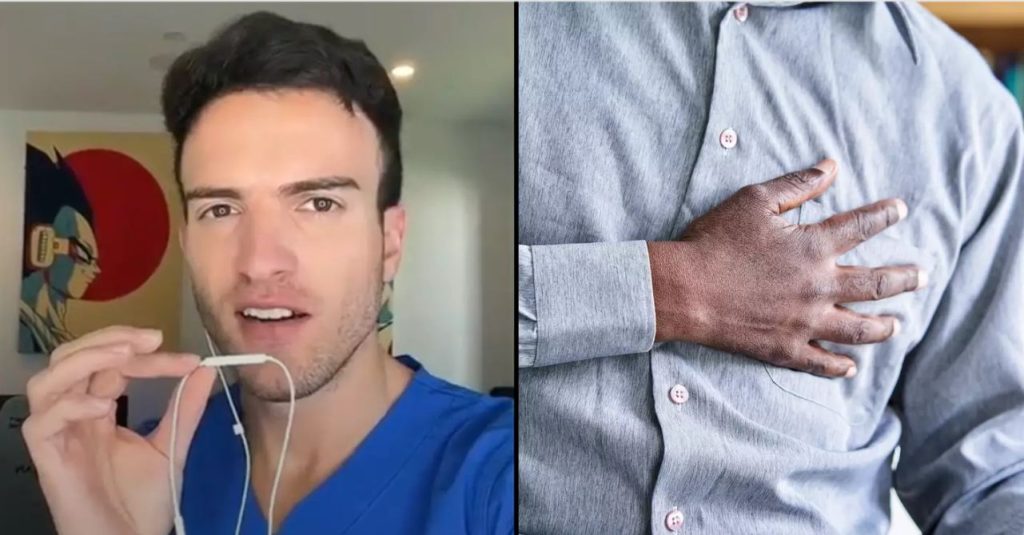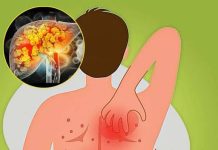Many people experience brief, sharp chest pains that appear suddenly and vanish within moments. These sensations often cause alarm, as chest pain is commonly linked to heart problems. However, not every pain near the heart area signals danger. In many cases, it’s something harmless known as Precordial Catch Syndrome (PCS).
What Is Precordial Catch Syndrome?
Precordial Catch Syndrome, sometimes called Texidor’s twinge, is a benign condition that causes a sharp, stabbing pain in the chest, usually near the heart. The pain tends to come on suddenly and lasts from a few seconds to several minutes. Unlike heart-related pain, PCS doesn’t spread to the arm, neck, or jaw, and it typically appears while resting rather than during physical activity. Although it can be unsettling, PCS is not life-threatening. It is most common in children and teenagers between the ages of six and twelve but can also affect young adults. The pain may feel intense enough to take your breath away, yet it disappears as quickly as it arrives.

Why It Happens
Doctors are not entirely sure why PCS occurs. The leading theory suggests that it’s caused by irritation or compression of the nerves between the ribs, known as intercostal nerves. These nerves can spasm, sending sudden pain signals to the brain. Another possible factor is rapid growth during adolescence, which may put temporary strain on the chest wall and surrounding muscles. Stress, poor posture, or sitting for long periods in slouched positions might also contribute by compressing the chest area. Interestingly, PCS tends to happen more often during relaxation rather than exertion, which sets it apart from more serious heart or lung conditions.
How to Recognize the Symptoms
The hallmark symptom of PCS is a sudden, localized, stabbing pain on the left side of the chest. It doesn’t radiate elsewhere and usually worsens when you try to take a deep breath. Most people instinctively freeze and breathe shallowly until the pain passes. Afterward, there are no lingering effects or damage. Unlike a heart attack, PCS is not accompanied by sweating, nausea, dizziness, or pain spreading to other areas. If your pain matches these harmless characteristics, it’s likely PCS. Still, if there’s ever doubt—especially for adults with risk factors—it’s always wise to check with a healthcare professional.
How to Manage the Pain
There’s no specific treatment for Precordial Catch Syndrome, but simple actions can help ease discomfort. Try standing up straight, taking slow, shallow breaths until the pain subsides, and then gradually deepening your breathing. Good posture throughout the day may also help prevent future episodes. Because anxiety can make the pain feel worse, remaining calm is important. Once you understand PCS is harmless, fear itself often diminishes, and episodes may become less frequent.

When to Seek Medical Advice
Although PCS itself is benign, chest pain should never be ignored if it feels unusual or persistent. Consult a doctor if the pain lasts longer than a few minutes, occurs during exercise, or is accompanied by other symptoms such as dizziness, heavy pressure, or radiating discomfort. These could indicate something more serious that needs immediate attention.
Living Without Fear
Experiencing sudden chest pain can be frightening, but knowing about Precordial Catch Syndrome can provide reassurance. The key difference between PCS and dangerous cardiac pain lies in the duration, triggers, and lack of additional symptoms. Understanding your body and maintaining healthy posture, breathing habits, and low stress levels can all help reduce these harmless but startling twinges. The next time that quick, sharp pain strikes, remember—it’s likely your body giving a brief signal, not a sign of something severe.

















